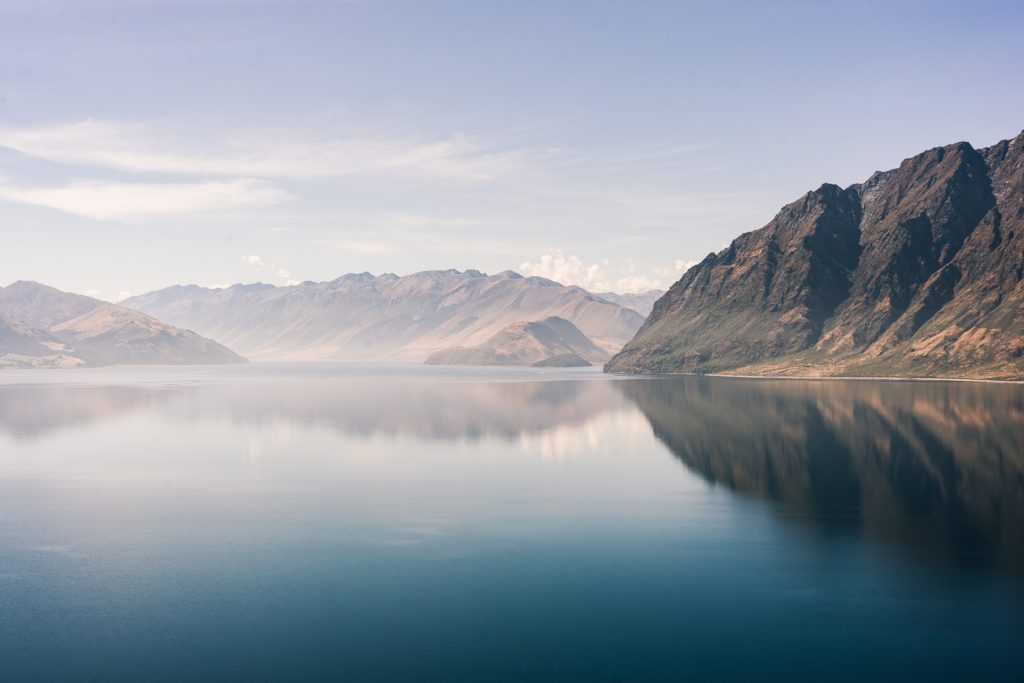Are you thinking about expanding your business to customers Down Under? There are approximately 25 million and 5 million potential customers in Australia and New Zealand, respectively.
Because of the cultural similarities to the US, Australians and Kiwis (the fun term for New Zealanders) tend to have a lot of the same tastes as Americans. Australians can’t get enough Kate Spade, Crocs, and Pizza Hut, to name a few.
That being said, exporting your products to a faraway country is never easy. It’s vital to plan ahead so you can have the best chance of success. Whether you’re expanding your booming domestic business to international markets or starting an import-export business specifically with Australasia in mind, here are some questions to ask before creating your export plan.
1. Is your product suitable for the target market?
If your product is flying off the (digital) shelves in the US, chances are it may be successful in Australia and New Zealand as well. Still, it’s necessary to size up your competitors to see if your product has a chance. Keep in mind that you’ll probably have to charge more than local brands to cover shipping costs and tariffs.
Perhaps you’re starting a brand-new export business and you’re looking for the right product to send to Australia and New Zealand. Consider these top exports from the US to Australia and New Zealand:
- Machinery
- Vehicles
- Optical and medical instruments
- Pork
- Dairy products
- Prepared food
- Fresh fruits
- Dog and cat food
2. How will you take opposite seasons into account?
When planning your export business, it’s important to remember that Australia and New Zealand are in the Southern hemisphere. That means their winter is our summer, and vice versa. Keep this in mind as you’re arranging your shipments.
If you’re exporting ski jackets, you’ll probably need to plan for a peak season in June or July. Selling sunscreen, on the other hand, will give you a lot of business around Christmastime. Note that the typical summer break in both countries is from December to January, a time when many families take vacations.
3. Which shipping method will you choose?
New Zealand is a whopping 7,800 miles (12,500 km) from the US, and Australia is even farther. That is a long way for your products to travel, no matter which shipping method you choose. Because of the long distance, you may be tempted to go with air freight to save time. This is certainly the fastest way to send your goods, taking only a couple days. It’s also the most expensive.
Because of its focus on the environment, New Zealand asks its trading partners to ship via ocean freight whenever possible. Although it takes a lot longer than air freight, ocean freight is much more cost-effective as well. Make sure you plan ahead as your goods could take a full month to reach their destination.
4. How much will you pay in tariffs and duties?
If you’re exporting to Australia, here’s good news for you. The US has a free trade agreement with Australia that eliminates taxes on 99% of manufactured goods and allows for duty-free farm exports. That being said, you may still be required to pay goods and services tax (GST) if you are importing goods directly to consumers.
Sadly, New Zealand does not have a free trade agreement with the US. That doesn’t mean you should give up on exporting there, however. Thankfully, the majority of goods don’t have tariffs. For the categories of textiles, footwear, processed foods, machinery, steel, and plastic products, there may be a tariff rate of 5 or 10 percent. Check New Zealand’s Working Tariff Document to find out how much you’re likely to pay.
5. What’s your product’s Schedule B code?
When exporting from the US to any country, you must know your product’s Schedule B code. This is a 10-digit code used specifically by US exporters to identify their products. Your product’s Schedule B code should have the same first 6 numbers as its harmonized system (HS) code.
You can find the correct Schedule B code using the US Census Bureau Schedule B search engine tool. You will need your Schedule B code to file your Electronic Export Information in the Automated Export System (AES).
6. Which import certificates do you need?
When exporting to Australia, start by registering for an Australian Registered Body Number (ARBN). Keep in mind that you may need a special import license for specific products such as food and agricultural products. Make sure everything is labeled properly.
Exporting to New Zealand requires submitting an electronic import entry with Customs at least 20 days before your goods arrive. If you’re importing food, you’ll need to register with the Ministry of Primary Industries as a food importer. This may involve obtaining various certifications from US agencies such as the Food and Drug Administration (FDA).
7. How will the customs process affect your delivery timeline?
Since New Zealand is notoriously strict when it comes to inspecting imports, you should expect your products to be quarantined and detained before reaching your customers. Take this into account when calculating your delivery timeline so you can ensure any customs delays don’t affect your customers.
While Australia tends to allow goods to enter its borders more quickly, it’s still possible to have a customs delay. Make sure you don’t cut it too close when promising to deliver your shipments.
Is your business ready to expand to international markets? You need an experienced customs broker to assist you with the process. BorderBuddy can help get your goods through customs and ensure you follow all regulations. Give us a call today.
